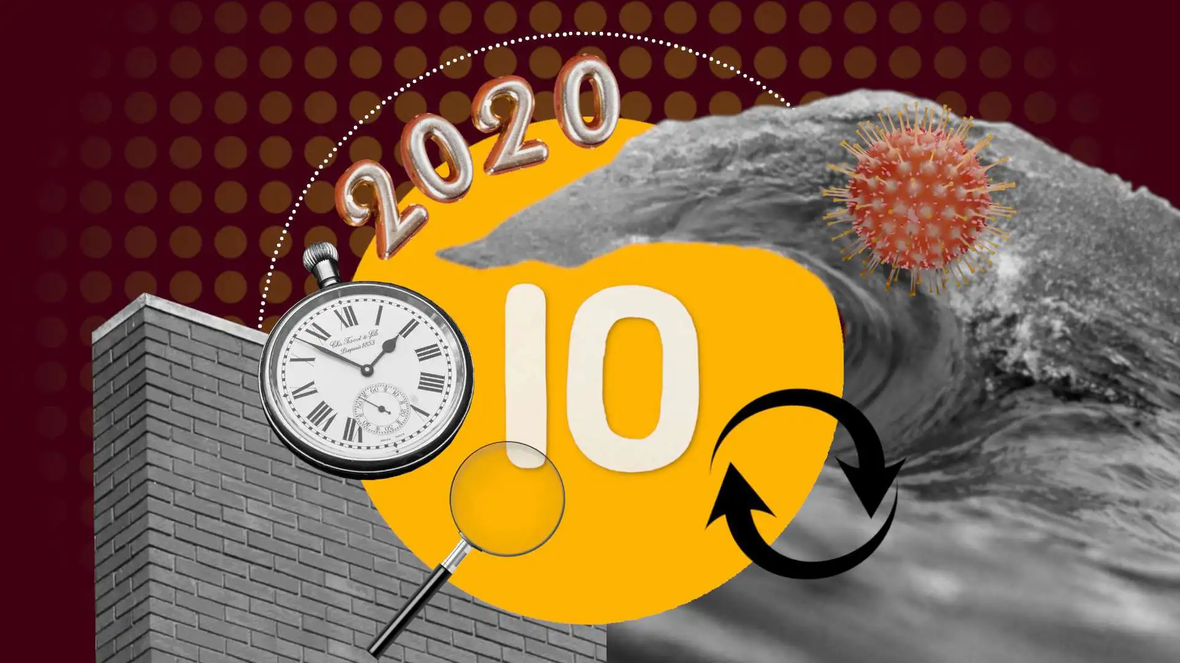It's been a tough, eventful and transformational year, for many reasons. But it certainly wasn't all bad: there was much to be learned from looking at readers' behaviour and how newsrooms and their audience responded to this year's events. Here are our key learnings for online journalism and publishing in 2020. You can scroll through them below, or click one to read it right away.
- People are interested in current events, but not all the time
Readers expect a balance of stories - share important, breaking news, but don't neglect other topics. - News has more functions than just updating
Different people need different things from news, and creating diverse content helps build a loyal audience. - Loyalty is an increasingly important metric
Loyal readers consume more content, visit often and are more likely to pay for your content. - Trust is more valuable than pageviews
If you still think clickbait is still a great strategy to get more traffic, be prepared to be distrusted. - Crises affect people's news consumption - in both good and bad ways
The pandemic led to spikes in traffic and new subscriptions, but also caused unpredictable and unreliable behaviour. - When search is high, loyalty is low
In their hunger for the latest info, many people bypass their regular news outlet and go straight to search. - Don't create 'orphans' if you want your readers to be engaged
Create follow-ups to the story to maintain your readers' attention with additional facts and information. - Know yourself before you know your audience
Not knowing what type of content and readers fit your brand will make it hard to build a loyal audience. - Your readers' biorhythm matters
Are you posting when your readers are online? Make sure you have something new for them when they're looking for it - You should have an omnichannel strategy, and it should be a good one
The more channels you use, the more chances you have to connect with your audience. Just remember that not all content belongs everywhere.


